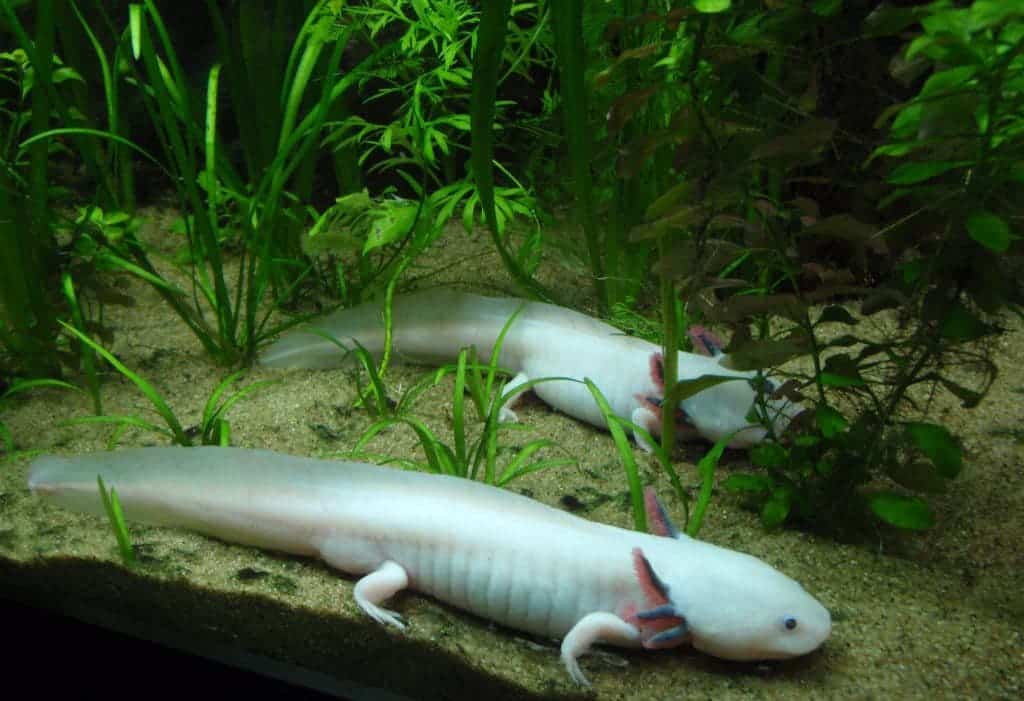New research shows that the first vertebrates had a surprisingly easy time adapting from fins to legs. A new study found that 360 million years ago, legs and fins had no major structural difference.

The research was carried out by Dr Marcello Ruta from the School of Life Sciences at the University of Lincoln and Professor Matthew Wills from the Milner Centre for Evolution at the University of Bath in the UK. They overturned the classical belief that the appearance of legs triggered a diversification in vertebrate skeletons, finding that similar levels of anatomical diversity within their fins and limbs, despite the fact that their skeletons were constructed in very different ways.
The evolution of limbs triggered a revolution in animal evolution, opening up a new realm for animals: dry land. However, they weren’t quick in giving up the fin skeletal structure. Dr Marcello Ruta said:
“Our work investigated how quickly the first legged vertebrates blossomed out to explore new skeletal constructions, with surprising results. We might expect that early tetrapods evolved limbs that were more complex and diverse than the fins of their aquatic predecessors. However, although radically different from limbs, the fins of the distant fish-like forerunners of tetrapods display a remarkable array of subtly varying traits.
“This variation may point to a previously unsuspected range of biomechanical functions in their fins, despite the fact that those ancestors lived exclusively in water.”
Professor Matthew Wills added:
“It has usually been assumed that when organisms evolve novel attributes that enable them to colonise fundamentally new environments — as in the move from water to land — this should trigger rapid evolutionary diversification and be accompanied by an increase in structural variety. Our work challenges this received wisdom, and shows that, at least in the case of the evolution of early tetrapods, key innovations did not quickly lead to greater anatomical variety.
“For the first time, legs had evolved to fulfill new functions. Not only must they be able to support the weight of the body on land, but they also needed to enable the animal to walk. Perhaps these dual requirements limited the number of ways in which these first legs could function and evolve, thereby constraining their range of variability.”
The study has significant implications for how biological systems are studied – both past and present – especially when we’re dealing with diversification stages. It also shows that no matter how significant and vital the evolutionary stage was, it can still take millions of years to pan out.
Journal Reference:
- Marcello Ruta, Matthew A. Wills. Comparable disparity in the appendicular skeleton across the fish-tetrapod transition, and the morphological gap between fish and tetrapod postcrania.Palaeontology, 2016; 59 (2): 249 DOI: 10.1111/pala.12227






